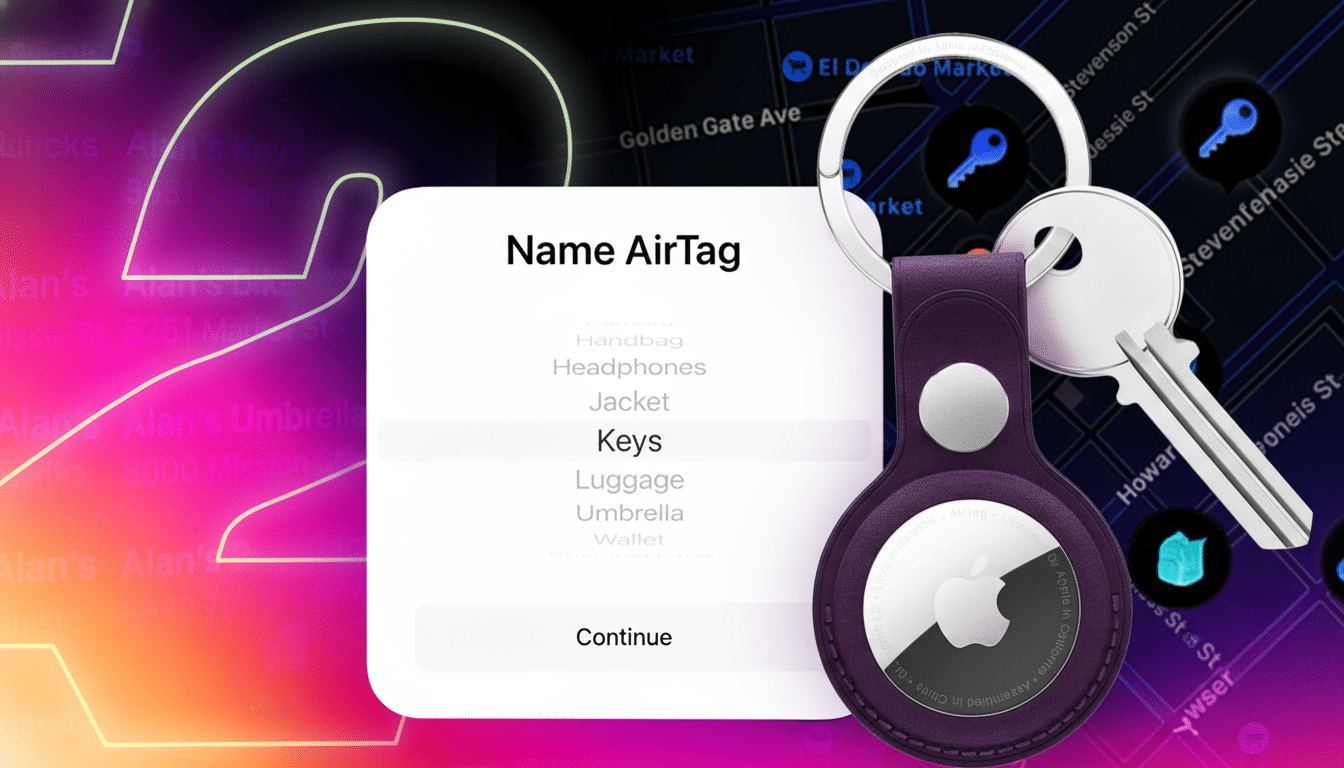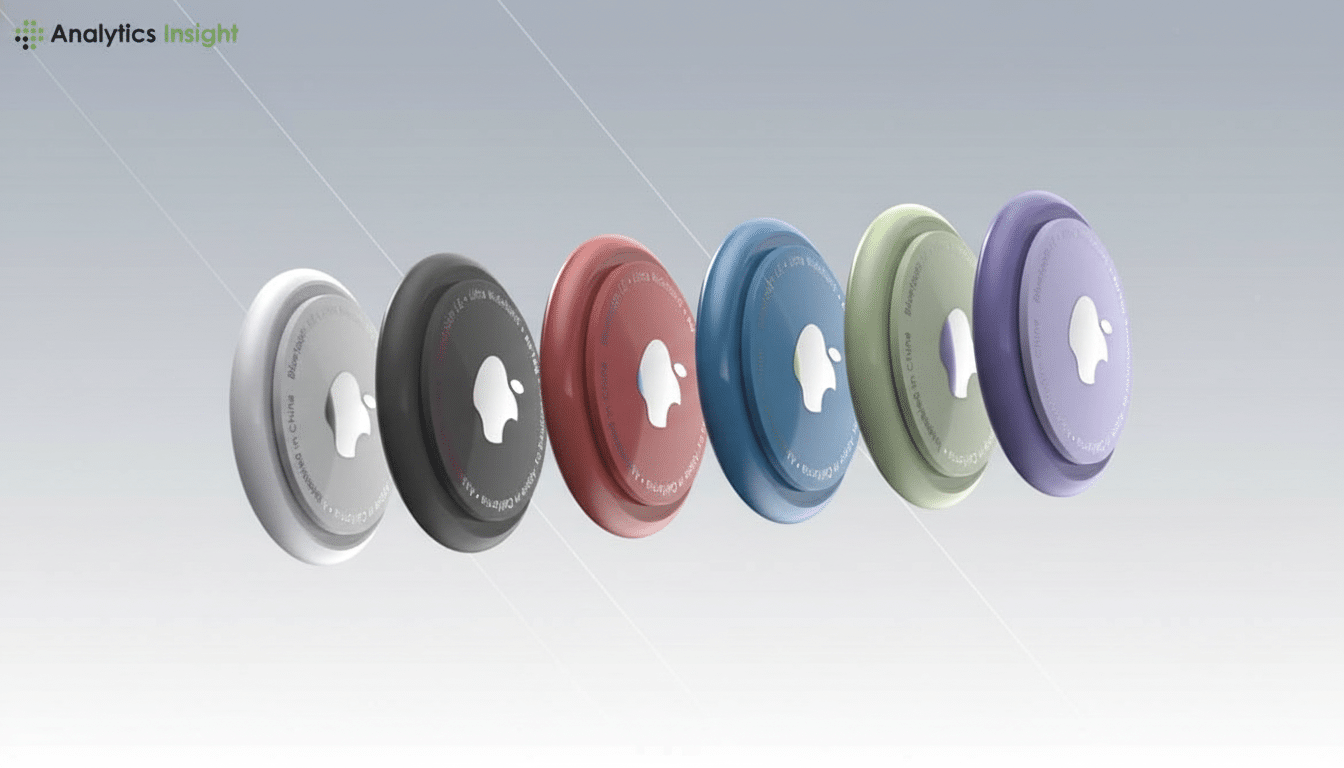Apple has been releasing hardware at a rapid pace but many of the widely anticipated products are still nowhere to be found on the lineup. None of the products listed below are officially announced, but a combination of supply chain talk, software clues and retail inventory movements all point to Apple’s pipeline not being completely empty.
Here’s a reality check on what still is not there, why it matters and the signs pointing toward what could come next.
- AirTags 2 and Location Technology Upgrades Ahead
- Apple TV and home audio roadmap for upcoming devices
- iPad and Mac refreshes on the horizon with new chips
- The next budget iPhone prospects and likely features
- Pro audio and wearables watchlist for upcoming updates
- Why Apple may be holding back on new hardware releases

AirTags 2 and Location Technology Upgrades Ahead
Tracking-tag updates don’t often command keynotes, but the next AirTags iteration is one of Apple’s more plausible near-term wagers. Analysts at TF International Securities and Bloomberg reporting have repeatedly cited an updated tag that includes a newer ultra-wideband, better Precision Finding features and added privacy protections beyond the yelping alerts you get today if someone is tracking your whereabouts.
Don’t expect a revolution, but rather some refinement: the same puck design you can already buy ($29 on its own), but with better range and accuracy in dense environments and tighter integration with the Find My network. The market opportunity is significant — industry trackers estimate tens of millions of UWB-enabled accessories ship annually — and Apple’s installed base provides a built-in network advantage that few can equal.
Apple TV and home audio roadmap for upcoming devices
A faster Apple TV box has also been rumored through references in tvOS betas discovered by developers and reported on by Bloomberg’s Mark Gurman. The wish list is simple enough: a beefier A-series chip, more codec support and tighter hooks into on-device AI features Apple tipped at its developer conference that could allow for more advanced voice commands and smarter recommendations without the round trip to the cloud.
On the audio side, Apple’s home lineup seems ripe for focus. Supply chain notes and reporting from Bloomberg indicate a HomePod mini refresh as well as a distinct HomePod with an integrated display geared toward smart-home control, media and glanceable widgets. A home hub that includes a screen-enabled HomePod would fall in line with the broader Thread/Matter home standard and give Apple an answer to rival screen-based assistants already available.
iPad and Mac refreshes on the horizon with new chips
Apple’s typical tablet strategy: waterfall Pro-class innovations down the line. That makes an updated iPad Air with a more modern M‑series chip, and a refreshed base iPad with a newer A‑series processor, is solidly expected. Display Supply Chain Consultants’ Ross Young has noted that which product lines will adopt OLED panels remains unclear, potentially affecting cadence and pricing.
Next is an entire wave on the Mac side that’s around silicon. A 16‑inch MacBook Pro refresh and the MacBook Air family are both probable candidates to receive Apple’s next‑gen M‑series processors, bringing conventional improvements in CPU core efficiency, GPU throughput, and neural engine performance. Longer term, Bloomberg and The Information have both reported multiple times that touch-enabled Macs are in active development — still a major shift for macOS, but a recurring one as panel and input technologies continue to overlap.
The next budget iPhone prospects and likely features
Apple’s least expensive iPhone, known as the next iPhone SE, is still a mystery. Reports from Bloomberg and The Information both indicate that we can expect a slimmer bezel, a more modern design closer to recent flagships, USB‑C and a newer A‑series chip. The open variable is cellular: Apple has worked hard on its own 5G modem, but credible reports suggest the in‑house radio may not be ready to oust the current supplier entirely throughout the range.

If Apple waits on the SE until the modem tale has concluded, it will likely emphasize differentiators like camera quality, longevity and support windows, which independent shops like Counterpoint Research have pointed out are among the factors that contribute most to Apple’s share of profits in the premium segment.
Pro audio and wearables watchlist for upcoming updates
AirPods Max are the odd ones out in Apple’s audio stable — popular, premium and long overdue. Supply chain watchers have suggested that a new, lighter chassis and updated acoustic architecture will be the most likely updates — think Apple’s newer audio silicon with improved active noise cancellation or Find My features. There could also be changes to color options and materials to reduce weight and improve comfort during long sessions.
In wearables, Bloomberg also details continuing developments at Apple toward health functions like detecting trends in blood pressure and screening for sleep apnea in future Apple Watch models. These need sensor improvements, power management refinements and regulatory approvals, all factors that normally put time on a multiyear cycle rather than an annual one.
Why Apple may be holding back on new hardware releases
Apple’s release tactics are usually not about “can” and more about “should.” Spaced launches maintain attention while synchronizing hardware introductions with software readiness, part yields, and channel stockpiles. Retailers and carriers like spacing, and Apple often telegraphs an upcoming release in the form of regulatory filings in places like the Eurasian Economic Commission (which governs Russia, among other markets) and Bluetooth SIG that typically materialize just before hardware ships.
Market dynamics matter, too. Research firms like IDC and Canalys have pointed to the elongating replacement cycles for phones, tablets and PCs. That puts a premium on finding a way to make each refresh of the products meaningfully better — faster chips, longer battery life, smarter AI on device — rather than just hitting a calendar target.
Bottom line: None of this stuff is official until Apple says it is, but the smoke here’s too thick to rule out fire.
Instead, watch out for beta code names, regulatory filings and sudden retail stock shortages — those tend to be telltale signs that a reveal is in the offing.

